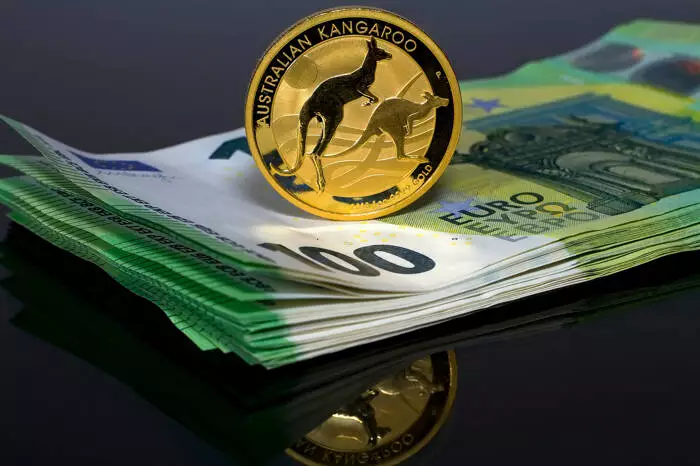In recent months, experts have been closely monitoring the Australian economy and the Reserve Bank of Australia (RBA) due to increasing inflation expectations. Bloomberg TV APAC Chief Markets Editor, David Ingles, highlighted the significance of the hotter-than-expected Monthly CPI Indicator. He mentioned that the cash rate futures and swaps are currently indicating a near 50-50 probability of an RBA rate hike in September. Despite this, economists have conflicting views on the situation. Westpac Chief Economist, Luci Ellis, has forecasted a potential RBA interest rate cut in November. This division among economists reflects the uncertainty and complexity of the current economic environment.
The upcoming release of crucial inflation numbers from China on July 10th will play a significant role in shaping investor sentiment. Economists are predicting a rise in the annual inflation rate from 0.3% in May to 0.4% in June. A higher inflation rate could indicate an improvement in demand, which would benefit the Australian economy. Given that over 50% of Australia’s trade is linked to GDP and 20% of the workforce is in trade-related jobs, any positive developments in trade relations with China could lead to an increase in exports and trade-related employment opportunities. China’s position as Australia’s largest export destination makes it a key player in shaping the Australian economy.
Despite concerns about the Chinese economy, research from East Asia Econ suggests that consumer confidence in China is not as weak as perceived. The paper released on July 6 stated that consumption levels are holding steady, and wage growth remains stable despite challenges in the labor market. This insight into the Chinese economy provides a more nuanced understanding of the factors at play and challenges the prevailing negative perceptions in the market.
The US economic calendar continues to influence near-term trends in the AUD/USD pairing. The upcoming US CPI Report on July 11 is expected to be a critical data release. Economists are forecasting a steady core inflation rate of 3.4% in June, with a slight easing in the annual inflation rate from 3.3% to 3.1%. Any divergence from these predictions could have implications for the market’s expectations regarding a potential Fed rate cut in September. Federal Reserve Chair, Powell, has acknowledged promising inflation trends but has also highlighted concerns about wage growth. The recent slowdown in wage growth coupled with a gradual softening of core inflation indicates a more complex economic landscape that requires careful monitoring.
The Australian consumer inflation expectations have far-reaching implications for the economy, especially against the backdrop of global economic developments. The divergent views among economists and the interplay of various factors, including trade data from China and US economic indicators, highlight the complexity and uncertainty facing policymakers and investors. It is essential to maintain a nuanced understanding of the evolving economic landscape to make informed decisions and navigate the challenges ahead.

